In the world of gastronomy, the line between a good meal and an unforgettable one often lies in the mastery of certain culinary techniques. From achieving the perfect crispy-skinned fish and cooking wall-to-wall blushing steak every single time, all the way to sculpting flawlessly smooth ice cream rochers, professional chefs employ a blend of science and artistry to make the magic happen consistently.
Here, we reveal some of the top secrets from professional kitchens that can elevate your cooking to dizzy new heights.
The Simple Science Of Crispy-Skinned Fish
Achieving perfectly crispy skin when cooking fish is a hallmark of precision professional cooking. The secret lies in understanding the Maillard reaction, a chemical process that occurs when proteins and sugars in food are exposed to heat, resulting in a complex flavour and a golden-brown crust.
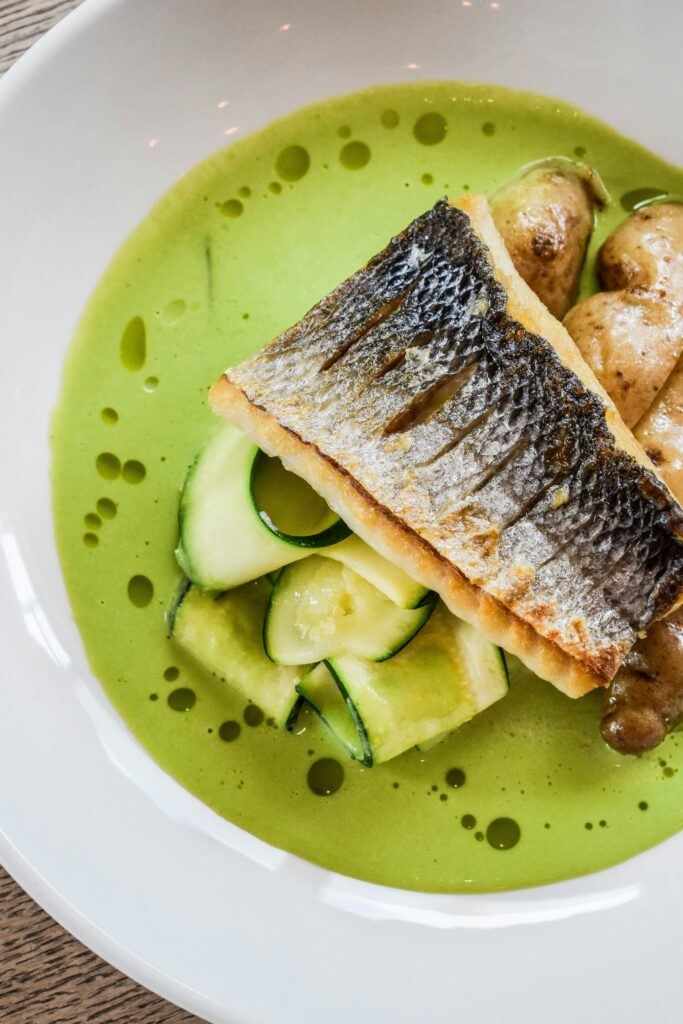
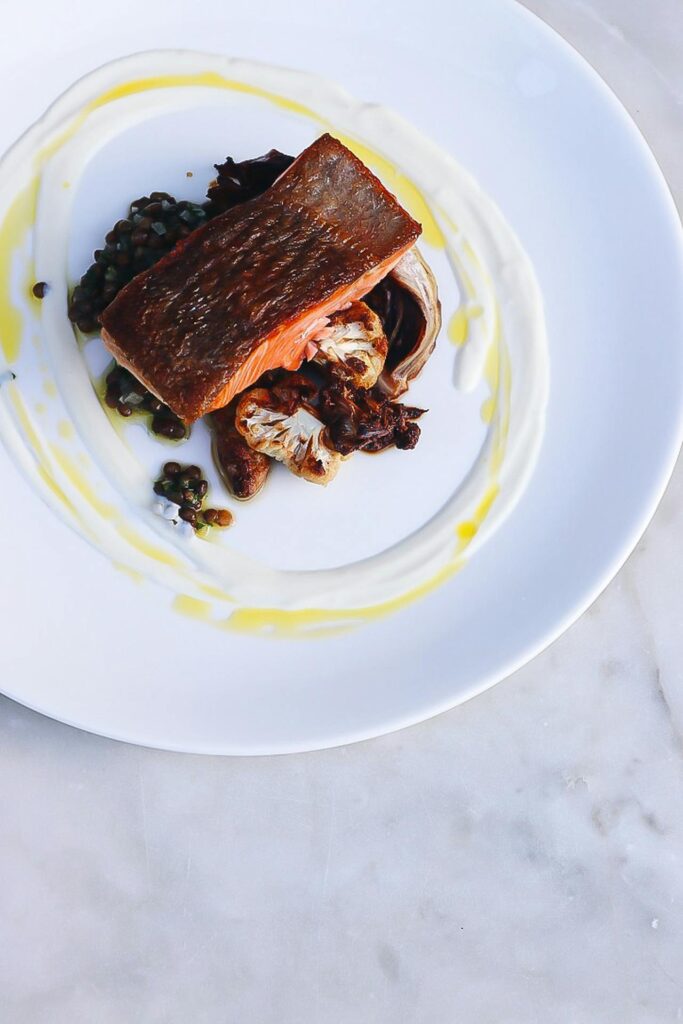
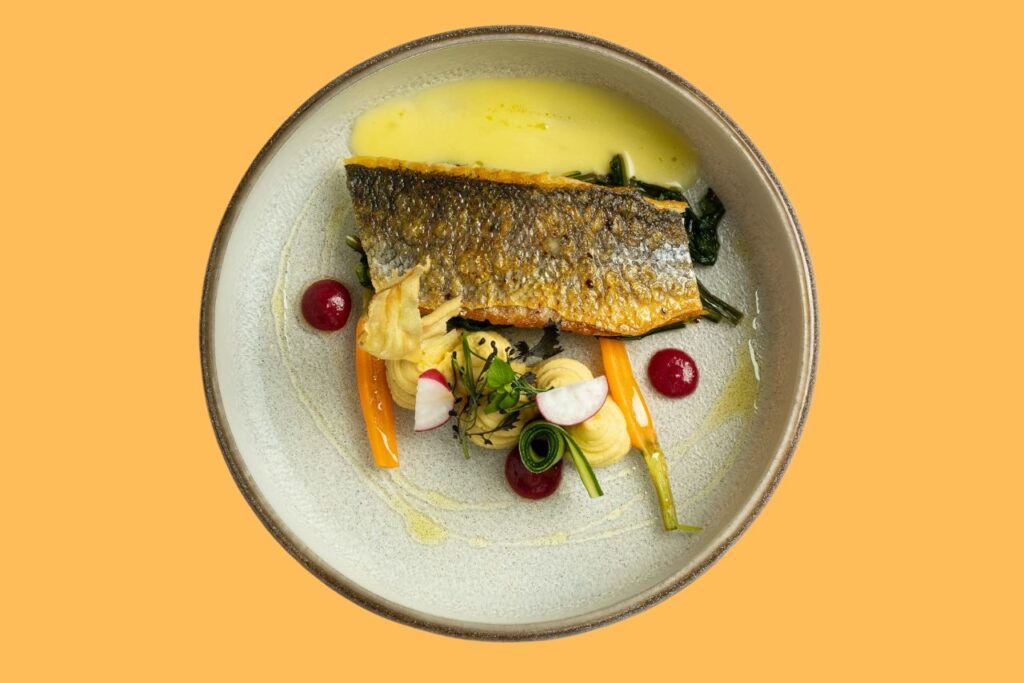
Key Steps:
- Dry the Skin: Moisture is the enemy of crispiness. Pat the fish skin dry with paper towels and let it air-dry in the fridge for an hour if possible.
- Score the Skin: Lightly score the skin with a sharp knife. This prevents the fish from curling and allows for even cooking.
- Season Generously: Salt not only enhances flavour but also draws out moisture, aiding in the crisping process.
- Hot Pan, Cold Oil: Preheat your pan until it’s smoking hot, then add a small amount of oil. This prevents the fish from sticking and ensures even cooking.
- Press Down: When you first place the fish skin-side down, press it gently with a spatula for the first 30 seconds to prevent curling.
- Patience is Key: Resist the urge to move the fish around. Let it cook undisturbed until the skin is golden and crispy.
- Finish in the Oven: For thicker fillets, after achieving a crispy skin, transfer the pan to a preheated oven at 180°C for a few minutes to ensure the fish is cooked through.
The Art Of The Perfect Steak Cuisson
A perfectly cooked steak, blushing pink from edge to edge, is a testament to precise temperature control and timing. Speaking to the experts at a food machinery company for their advice, they tell us that the secret weapon here is the sous-vide method, a technique that involves cooking food in a vacuum-sealed bag at a precise, low temperature in a water bath.
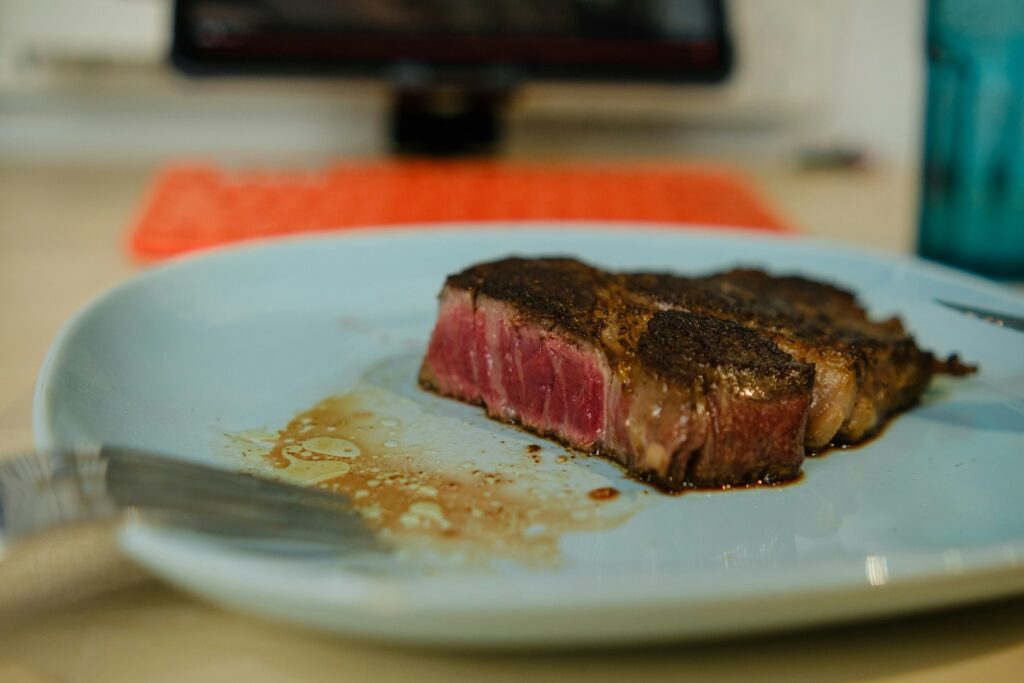
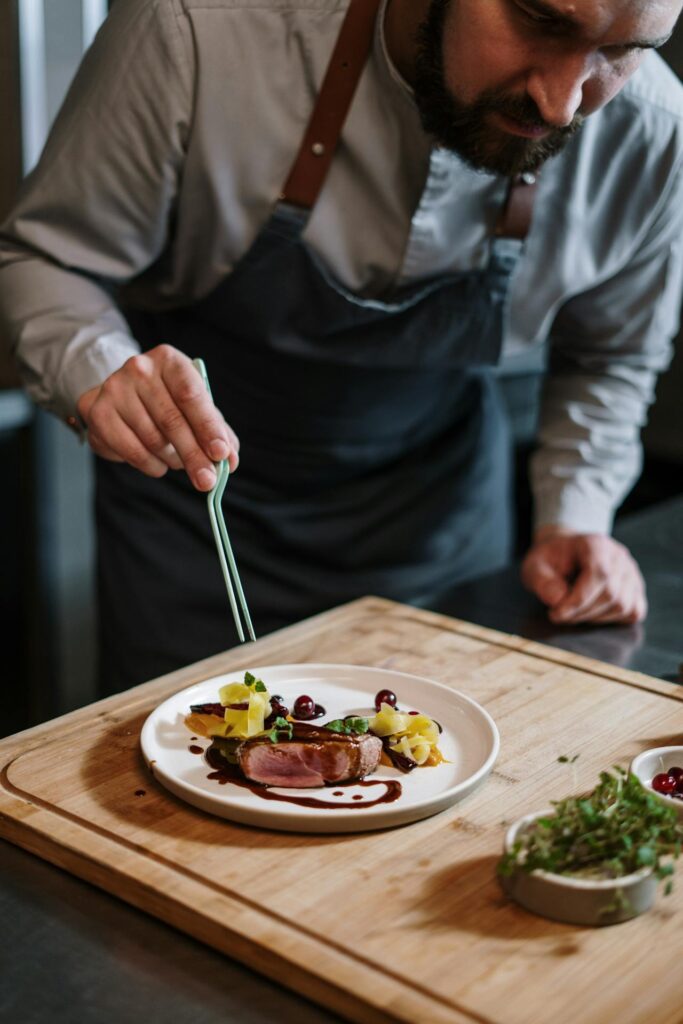
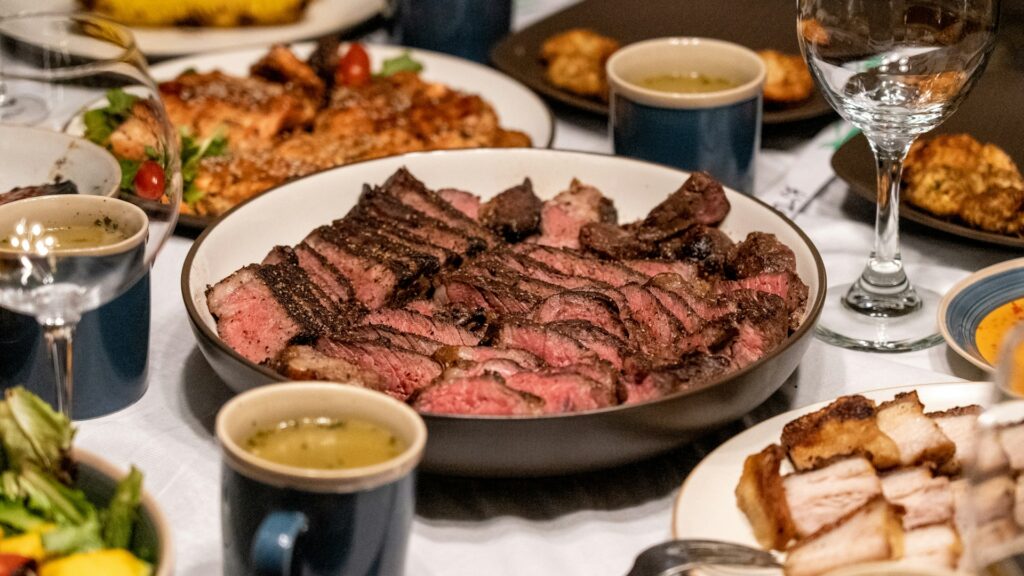
Key Steps:
- Season and Seal: Season your steak with salt, pepper, and any desired herbs. Vacuum-seal it in a bag.
- Sous-Vide Precision: Cook the steak in a water bath set to your desired doneness (e.g., 54°C for medium-rare) for 1-2 hours. This ensures even cooking throughout.
- Sear for Flavour: After sous-vide, pat the steak dry and sear it in a smoking hot pan with a bit of oil for 1-2 minutes per side. This creates a flavourful crust without overcooking the interior.
- Butter Basting: During the searing process, add a knob of butter, a clove of garlic that’s been crushed under your palm, and few sprigs of thyme to the pan. Tilt the pan and spoon the melted butter over the steak for added flavour.
- Rest and Serve: Let the steak rest for a few minutes before slicing to allow the juices to redistribute.
Read: Mastering the art of barbecued steak
The Ice Cream Rocher
Creating perfect ice cream one-handed quenelle (the ol’ Masterchef nemesis, the rocher) is both an art and a science. The rocher, a smooth, oval-shaped scoop, is a sophisticated way to present ice cream or sorbet.
It should be noted that pulling off a decent rocher is pretty much impossible if your ice cream is icy.

Key Steps:
- Temperature Control: The ice cream should be at the right temperature—not too hard, not too soft. Ideally, it should be around -12°C.
- The Right Tool: Use a hot spoon (dip it in hot water and wipe dry) to make the quenelle. A tablespoon works best.
- The Technique: Hold the spoon at a 45-degree angle. Scoop the ice cream towards you, turning the spoon to form a smooth, oval shape. It may take a few tries to perfect the motion.
- Double Quenelle: For a more impressive presentation, create two quenelles and place them side by side on the plate.
- Presentation: Place the quenelle gently on the plate. For added elegance, serve it with a complementary sauce or garnish.
Expertly Poached Eggs
Poaching eggs can be tricky, but with the right technique, you can achieve restaurant-quality results every time.
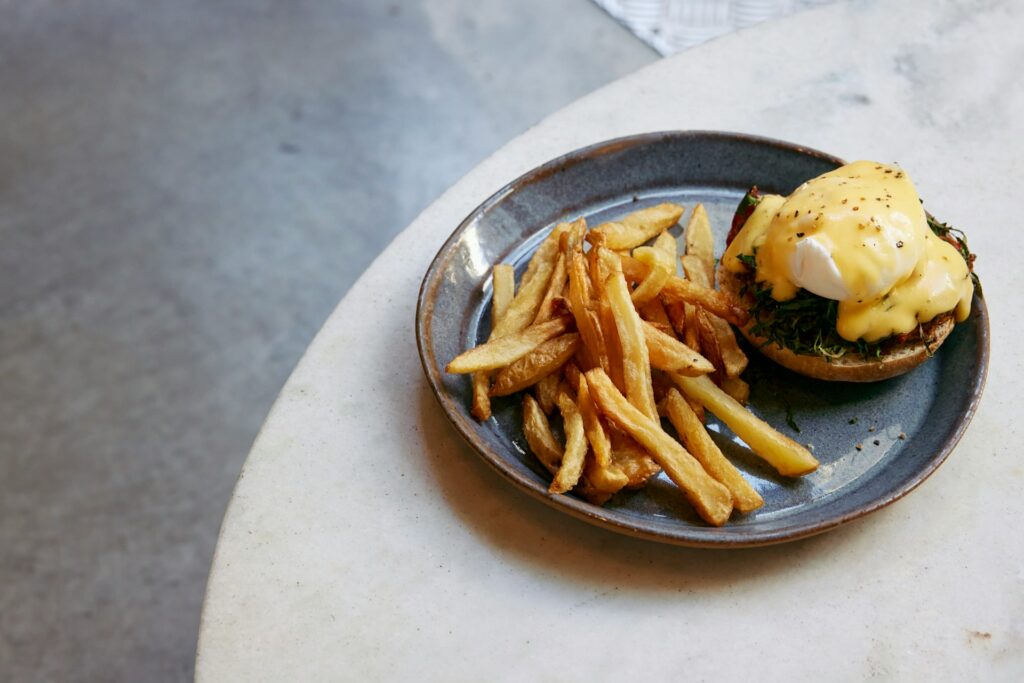
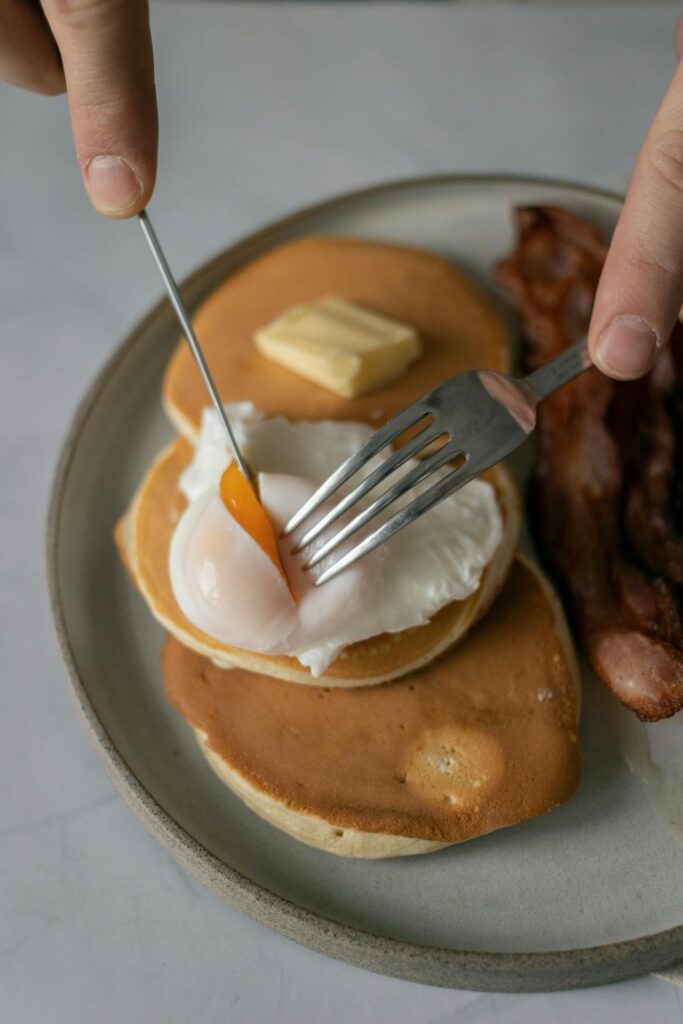
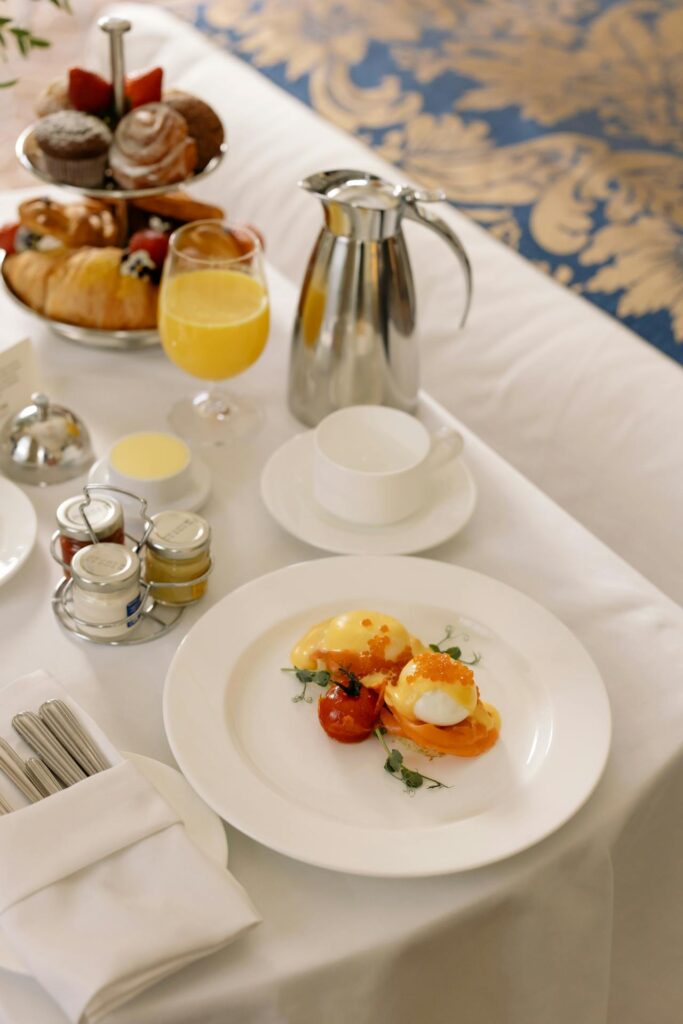
Key Steps:
- Fresh Eggs: Use the freshest eggs possible. Fresh eggs have firmer whites that hold together better.
- Vinegar in Water: Add a tablespoon of vinegar to the poaching water. The acid helps the egg whites coagulate more quickly.
- Create a Vortex: Bring a pot of water to a gentle simmer and create a whirlpool by stirring the water. Gently slide the egg into the centre of the vortex. The swirling water helps the egg white wrap around the yolk.
- Timing: Poach the egg for 3-4 minutes for a runny yolk. Remove with a slotted spoon and drain on paper towels.
Vibrantly Coloured Vegetables
Bright, colourful vegetables not only look appealing but also retain more nutrients. The secret lies in the cooking method and timing.
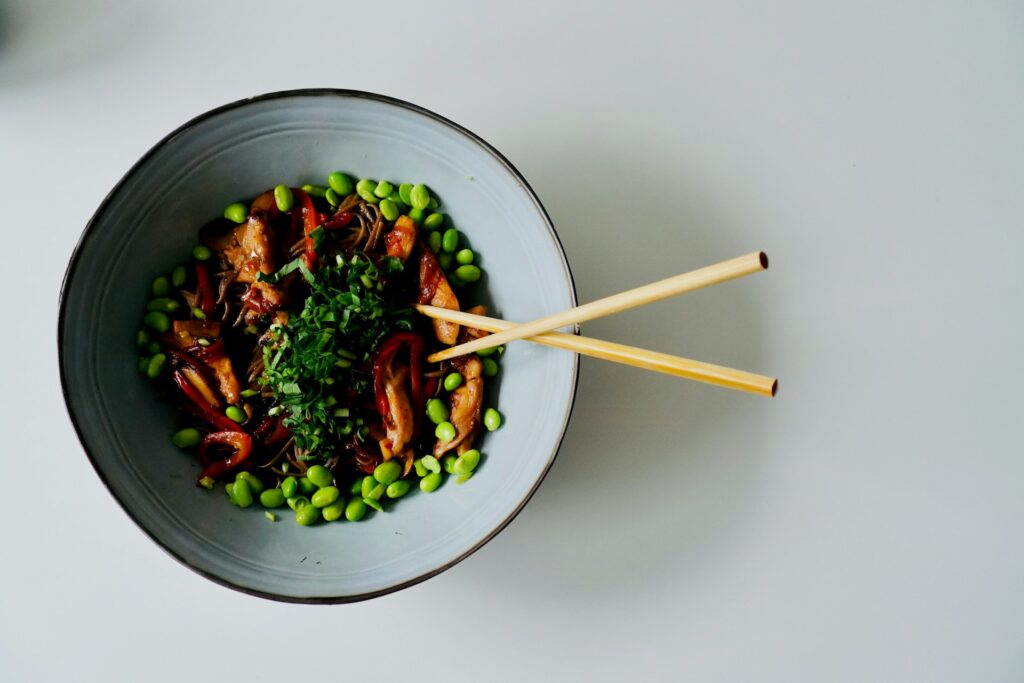
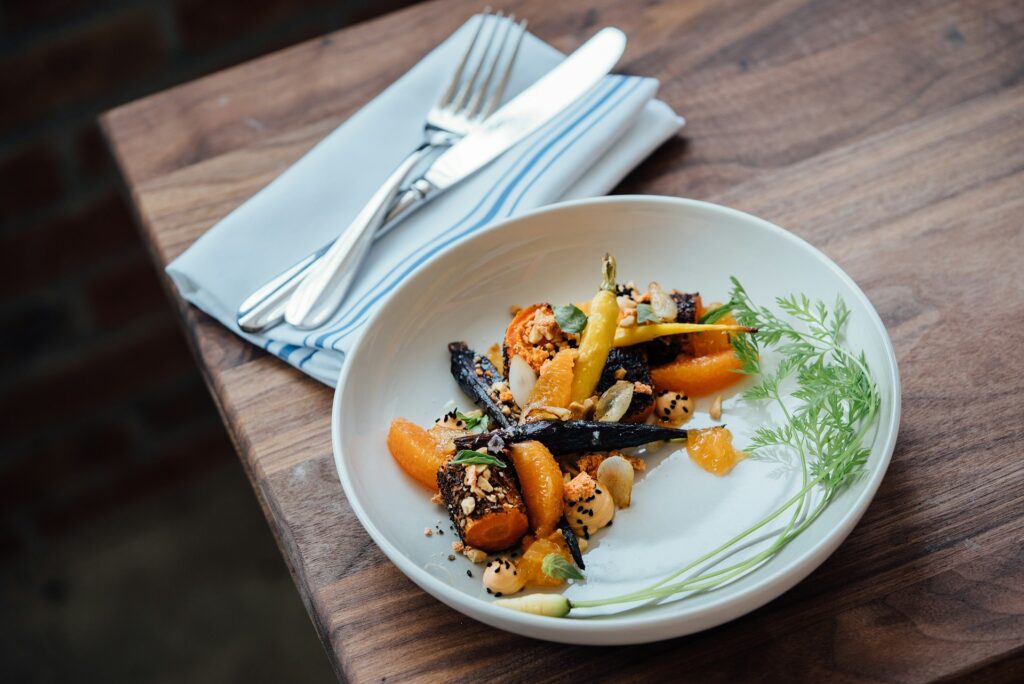
Key Steps:
- Blanching and Shocking: Blanch vegetables in boiling salted water for a short time, then immediately plunge them into ice water. This process, known as shocking, stops the cooking and sets the colour.
- Minimal Cooking Time: Overcooking can dull the colour of vegetables. Cook them just until tender-crisp to maintain their vibrant hues.
- Acidic Additions: Adding a splash of vinegar or lemon juice to the cooking water can help preserve the colour of green vegetables.
- Avoid Baking Soda: While some might suggest adding baking soda to the cooking water, it can make vegetables mushy and alter their flavour.
- Steam Instead of Boil: Steaming vegetables can help retain their colour and nutrients better than boiling.
Evenly Risen Soufflés
Another nemesis of the Masterchef kitche, a properly-risen soufflé is a showstopper. The secret lies in properly beaten egg whites and a stable base.
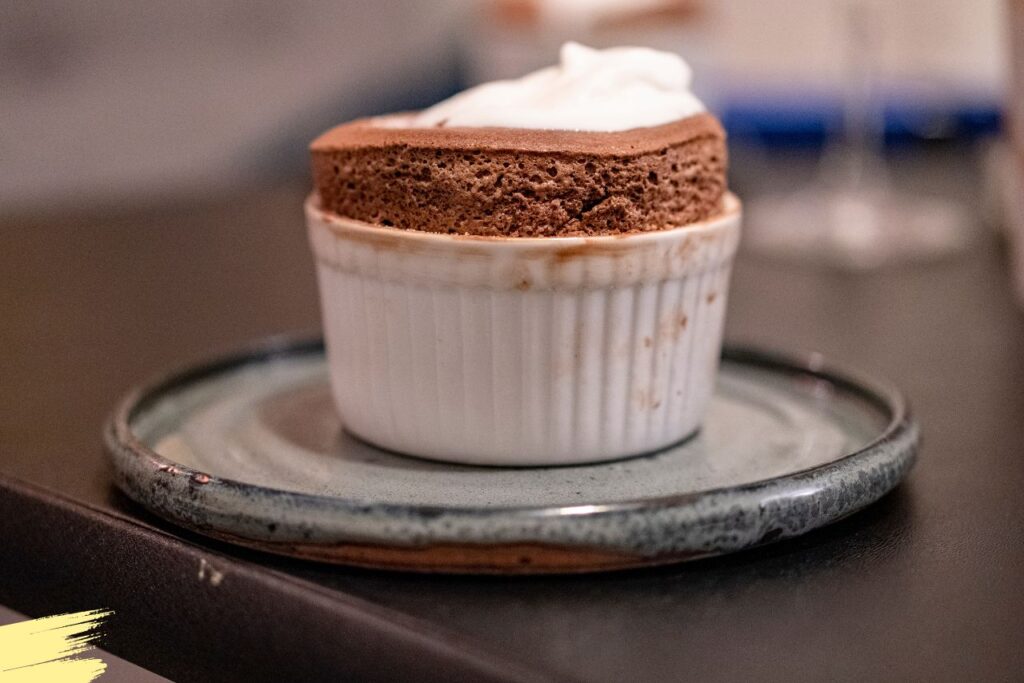
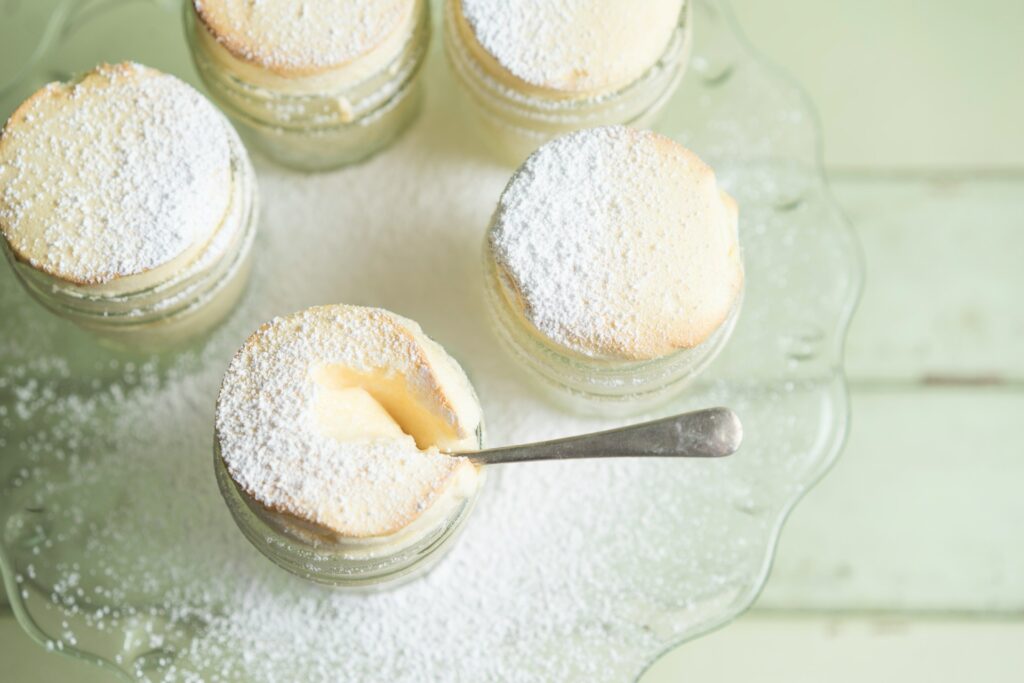
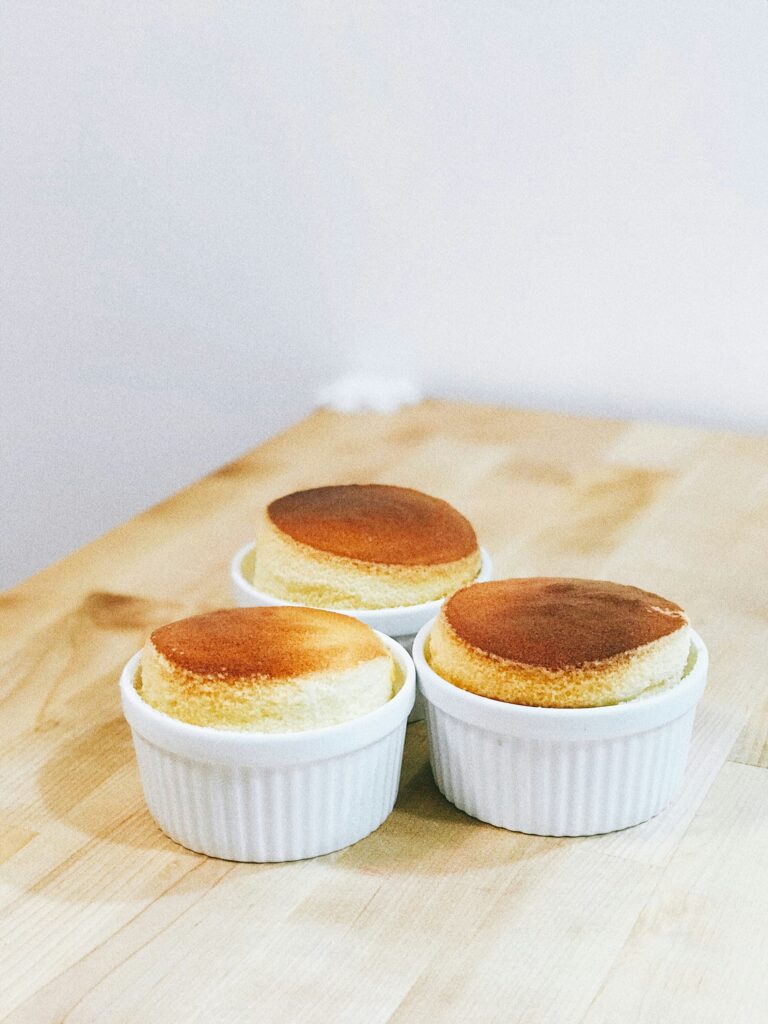
Key Steps:
- Room Temperature Eggs: Use room temperature eggs for better volume when beating.
- Stable Base: Ensure your base mixture (béchamel or pastry cream) is smooth and lump-free.
- Beat Egg Whites to Stiff Peaks: Beat the egg whites until they form stiff peaks. This incorporates air, which helps the soufflé rise.
- Fold Gently: Fold the beaten egg whites into the base mixture gently to avoid deflating the air bubbles.
- Even Baking: Bake the soufflé in a preheated oven without opening the door, as sudden temperature changes can cause it to collapse.
- Prepare the Ramekins: Butter the ramekins and coat them with sugar or grated cheese, depending on the nature of your soufflé. This helps the soufflé climb the sides evenly.
Silky Smooth, Gorgeously Glossy Sauces
A silky smooth sauce can elevate any dish. The key is in achieving a glossy appearance that adds visual appeal and a luxurious mouthfeel.
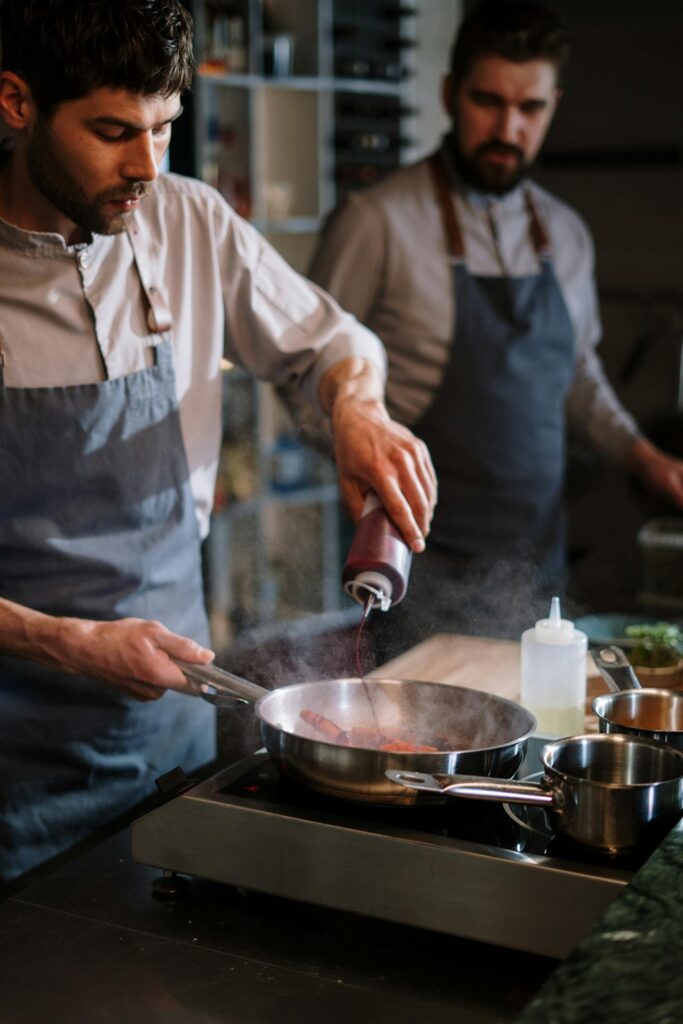
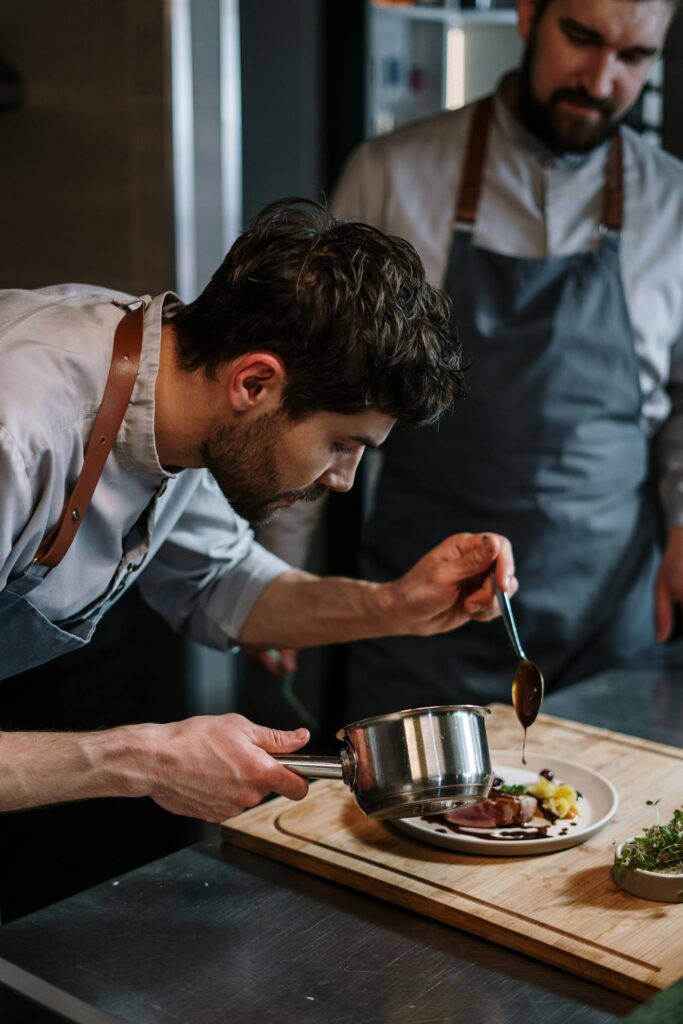
Key Steps:
- Proper Reduction: Reduce your sauce base (stock, wine, etc.) to concentrate flavours. This intensifies the taste and creates a rich foundation.
- Emulsify with Fat: Gradually whisk in cold butter or cream off the heat to create a smooth, velvety texture. This process, known as “mounting” with butter, adds a luxurious mouthfeel and a glossy finish.
- Strain for Smoothness: Strain the sauce through a fine-mesh sieve to remove any lumps or impurities. This ensures a silky, professional finish.
- Finish with a Glaze: For an extra glossy appearance, you can finish the sauce with a touch of corn syrup or a small amount of gelatin dissolved in water. This adds a beautiful sheen.
- Use a Liaison: For cream-based sauces, a liaison of egg yolks and cream can be used to thicken and enrich the sauce without curdling. Whisk the liaison into the sauce off the heat and return it to low heat, stirring constantly until thickened.
- Consistent Stirring: Stir the sauce continuously while adding the fat to ensure a stable emulsion and a glossy finish.
The Bottom Line
The secrets of professional kitchens are rooted in a deep understanding of culinary science and meticulous technique. By mastering these methods, you can transform your home cooking into a gourmet experience.





